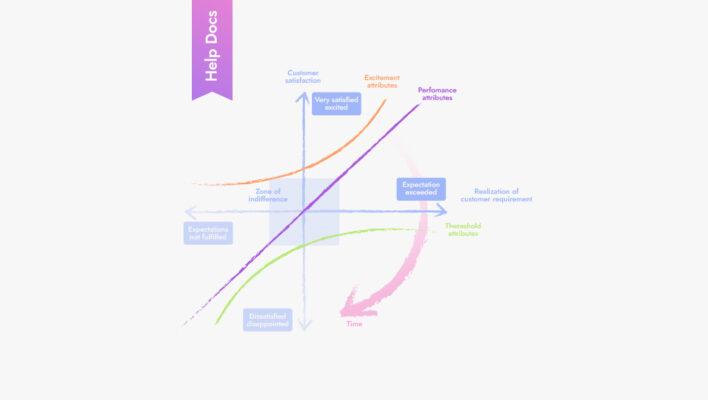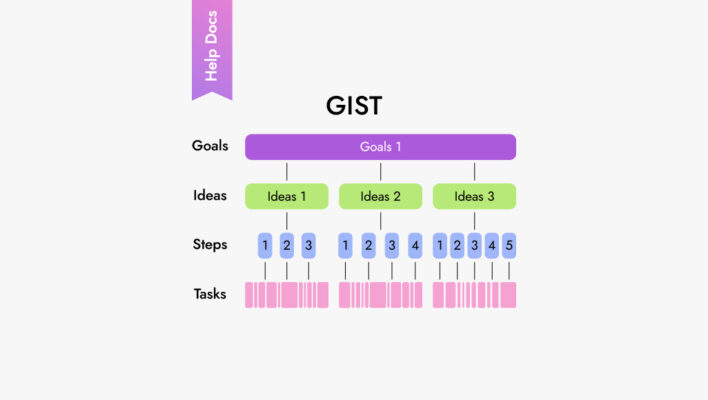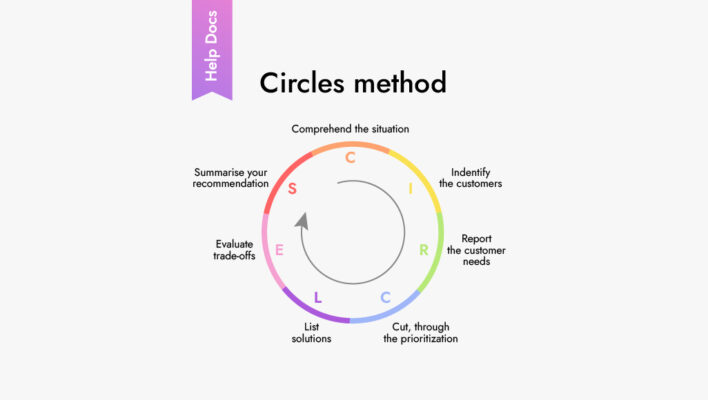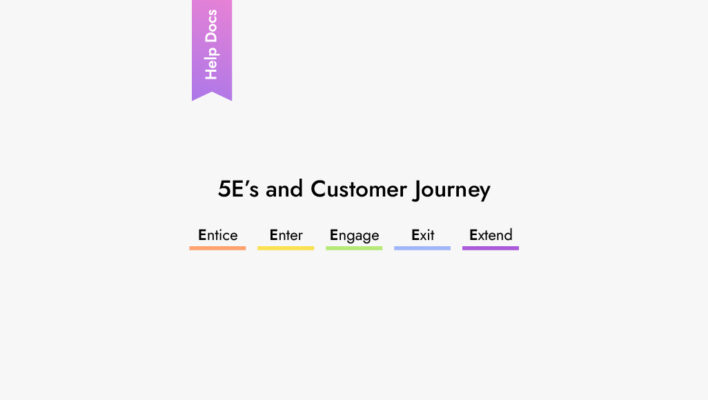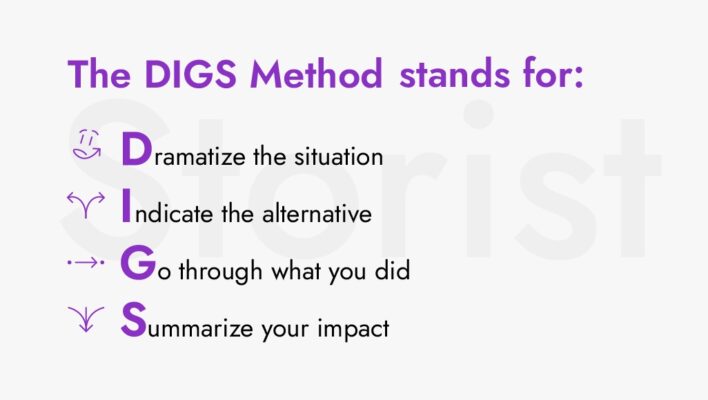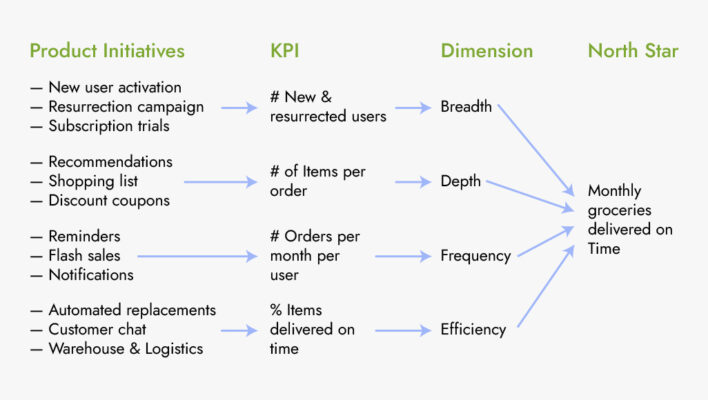5 working methods of time management and effective delegation of tasks
Good time management skills are essential for any team leader, entrepreneur, or product manager in order to stay successful. With the right methods of time management and task delegation, you can make sure your projects run on schedule and accomplish their desired outcomes with minimal effort.

In this article, we’ll be exploring five different working methods that will help you make the most out of your day, set realistic goals, and get things done quickly.
Boost productivity with delegation
Delegation is an essential tool for effective time management. It enables you to prioritize the most important and urgent tasks while leveraging the skills of your team to carry out other duties. When delegating a task, you must be sure that you are assigning it to the right individual: one who has the ability and appropriate timeframe to complete it.
Here are some tips for effective delegation:
- Define the task that needs to be completed
The first step in delegating a task is to clearly define what needs to be done. This may seem like a simple step, but it is important to be as specific as possible in order to avoid confusion later on. Be sure to include any deadlines or other important details in your description of the task.
- Define repeatable processes
This can be as simple as identifying each stage of your work process, or taking advantage of project management and CMS software for automatizing monotonous tasks. Not only will this ensure that others understand exactly what they need to do, but it will also free up your time, so that you will be able to focus on the areas which have a direct impact on generating revenue.
- Choose the right person for the job
Once you have defined the task, you need to choose the right person to delegate it to. This person should have the skills and knowledge necessary to complete the task successfully. Additionally, they should be able to complete the task within the specified timeframe.
- Provide adequate instructions
Once you have chosen the person to delegate the task to, it is important to provide them with adequate instructions. Again, this may seem like a simple step, but it is important to be as clear and concise as possible. Be sure to answer any questions that they may have about the task before they begin working on it.
- Check up after delegating the task
After assigning a task, it is important to check up on the person you delegated it to. This will help ensure that the task is completed correctly and on time. Additionally, it gives you an opportunity to provide feedback and offer any assistance that may be needed.
- Be willing to delegate tasks
Finally, it is important to remember that delegation is a two-way street. In order for it to be effective, you need to be willing to delegate tasks. This means letting go of control and trusting others to complete the tasks you assigned them.
By delegating tasks effectively, you can free yourself up to focus on bigger picture strategy and vision, while being confident that every individual task is handled expertly by another person. Ultimately, if you don’t take advantage of delegation and don’t consider it as a core element of your job, you run the high risk of burning out or failing to reach your goals. So whether it’s leading a project group at work or even just organizing routine tasks for yourself, don’t forget about delegation: it’s a vital part of success!
Unlock Your Potential with the Pomodoro Technique
Originally developed by Francesco Cirillo in the late 1980s and later popularized by his book The Pomodoro Technique, this technique is a well-known time management strategy that encourages one to focus on a task at hand without interruption.
Using this technique, individuals set a 25-minute timer and focus on their task until the timer goes off. Afterwards, they take short five-minute breaks before starting the steps again. These steps are located within “Pomodoros” — named after the Italian word for tomato, which was inspired by the kitchen timer in the shape of a tomato that Cirillo used to first start this method of work. This technique has been praised as an effective way to increase productivity across both groups and individuals.
Some tips for effectively using the Pomodoro Technique include:
- Finding a quiet place to work where you won’t be interrupted
- Turning off your phone and any other distractions
- Focusing on one task at a time
- Breaking down big tasks into smaller ones
- Keeping a list of tasks to be completed
The Pomodoro Technique can be a game-changer for anyone who struggles to stay focused or gets easily distracted. With its structured approach of short bursts of focused work, mixed with breaks, it assists the individual in fighting against distraction and procrastination. Additionally, it is a great tool for those who want to learn how to manage their time more effectively. Its organized framework of focusing on one task over a specific period of time helps get into a productive rhythm and encourages a more disciplined lifestyle.
Master Your Priorities with the Eisenhower Matrix
Dwight D. Eisenhower famously said: “What is important is seldom urgent, and what is urgent is seldom important.” He created a productivity tool — the Eisenhower Matrix — to help people prioritize tasks in life and work. The Eisenhower Matrix is a powerful tool that can help you prioritize work and manage your time more effectively. It involves organizing tasks into 4 quadrants based on their importance and urgency, with the goal of allocating your energy and resources to getting the most important things done faster.
Four quadrants of the Eisenhower Matrix:
- “Urgent and Important.” This quadrant includes tasks that are both urgent and important. These are the tasks that you should prioritize and focus on first.
- “Not Urgent but Important.” This quadrant includes tasks that are important but not urgent. These are tasks that you should plan and schedule in order to ensure that they get done.
- “Urgent but Not Important.” This quadrant includes tasks that are urgent but not important. These are tasks that you should delegate or hand over in order to free up your time for more important tasks.
- “Not Urgent and Not Important.” This quadrant includes tasks that are neither urgent nor important. These are tasks that you can eliminate from your life in order to simplify it and focus on more important things

In order to really get the most out of the matrix, it’s important to be honest with yourself about the level of importance and/or urgency each task brings. You should also take steps to guard against procrastination, break down projects into smaller and manageable tasks that don’t overwhelm you, and delegate tasks that don’t require your individual attention.
Aside from helping individuals make decisions quickly and effectively, it also reduces stress levels by avoiding procrastination-related panic. The Eisenhower Matrix is an efficient system to improve organization and personal productivity, leading to improved efficiency and satisfaction with one’s responsibilities. Sticking with this method will significantly improve your time-management skills, leading you to become much more productive with your work.
Try now Eisenhower Matrix draft prepared by Storist.
Getting Things Done
The five-step method presented in David Allen’s book Getting Things Done (GTD) has revolutionized task management. The idea is simple: to clear your mind of current tasks and have an action plan for completing them. This five-step system provides an effective strategy for assessing, organizing, and prioritizing tasks, projects, and other issues. With this approach, you are no longer overwhelmed by lists or distractions — you can now focus on completing tasks efficiently and in order of importance. GTD will be a great tool to help increase productivity and stay organized in the long run.

The 5 steps of the GTD method:
- The first step in GTD is to capture everything that is on your mind. This includes anything that is causing you stress or worry, as well as anything that you need to do or remember. You can capture this information in a variety of ways, including writing it down in a notebook, keeping a digital list on your computer or phone, or using an app like Evernote.
- Once you have captured everything that is on your mind, the next step is to process this information. This means going through each item on your list and deciding what needs to be done with it. If an item can be completed in two minutes or less, do it now. If an item will take longer than two minutes to complete, add it to your task list. If an item is not something that needs to be done, delegate it to someone else or erase it.
- The next step is to organize the items on your task list. This means adding deadlines, priorities, and other relevant information to each task. This will help you to better plan and manage your time so that you can get more done.
- The fourth step in GTD is to review your lists regularly. This means taking some time each day or a week to go through your lists and ensure that everything is still relevant and up-to-date. This will help you to stay on top of your tasks and avoid forgetting anything important.
- The final step in GTD is to take action on the items on your lists. This means actually sitting down and working on the tasks that you have identified as being important. By taking action and completing the tasks, you will be able to make progress and get closer to achieving your goals.
Achieve the results with SMART goals
SMART goals are an incredibly helpful tool for efficient time management. This system helps define clear objectives and indicates the necessary steps to reach them in time. What makes SMART goals unique is that it breaks down realistic expectations into actionable steps and encourages you to set a deadline for yourself, so you can actually achieve your goal. This process provides structure and allows monitoring the progress easier, in order to stay on track, saving precious time in the long run. With clear goals laid out ahead of time, time management is simpler and it leads to better results.

Tips on how to use SMART goals efficiently:
- Set specific goals
When setting goals, it is important to be specific. This means that you should have a clear idea of what you want to achieve. For example, rather than setting an ambiguous goal like “to increase sales”, it is much better to specify it to “increase sales by 10% in the next quarter.”
- Make sure your goals are measurable
In order for goals to be effective, they need to be measurable. This means that you should be able to track your progress and see whether or not you are accomplishing your goals. For example, rather than setting a goal “to improve customer satisfaction”, you could draw it up to “increase customer satisfaction ratings by 2% in the next quarter.”
- Set achievable goals
It is important to set goals that are achievable. If your aims are too ambitious, you may become discouraged if you are not able to reach them. On the other hand, if they are too easy, you may not push yourself enough to unlock your full potential.
- Set realistic goals
In addition to being achievable, your goals should also be realistic. This means that you should set goals that are achievable given the resources and time that you have available. For example, if your budget is too limited, you may not be able to “double sales in the next year.”
- Set time-bound goals
Finally, all goals should be time-bound, which means that they should have a deadline associated with them. This will help in keeping you accountable and ensure that you are taking action towards achieving your goal.
Successful time management is a skill we can all improve on. By setting goals and taking small steps, you can better control your time and productivity. While it may be difficult at first, the rewards far outweigh the challenges. It’s all about finding the resources that work best for you and understanding how to make them work to achieve success.
If you’re ready to take control of your time management habits and boost productivity, why not try out an interactive summary course from Storist today?
Interactive summaries make studying easier and faster. By completing a summary, you will learn secrets and effective methods from some of the best business minds in the world. Plus, you’ll get access to checklists, templates, and other materials that will help you apply what you learned in your work and personal life.


